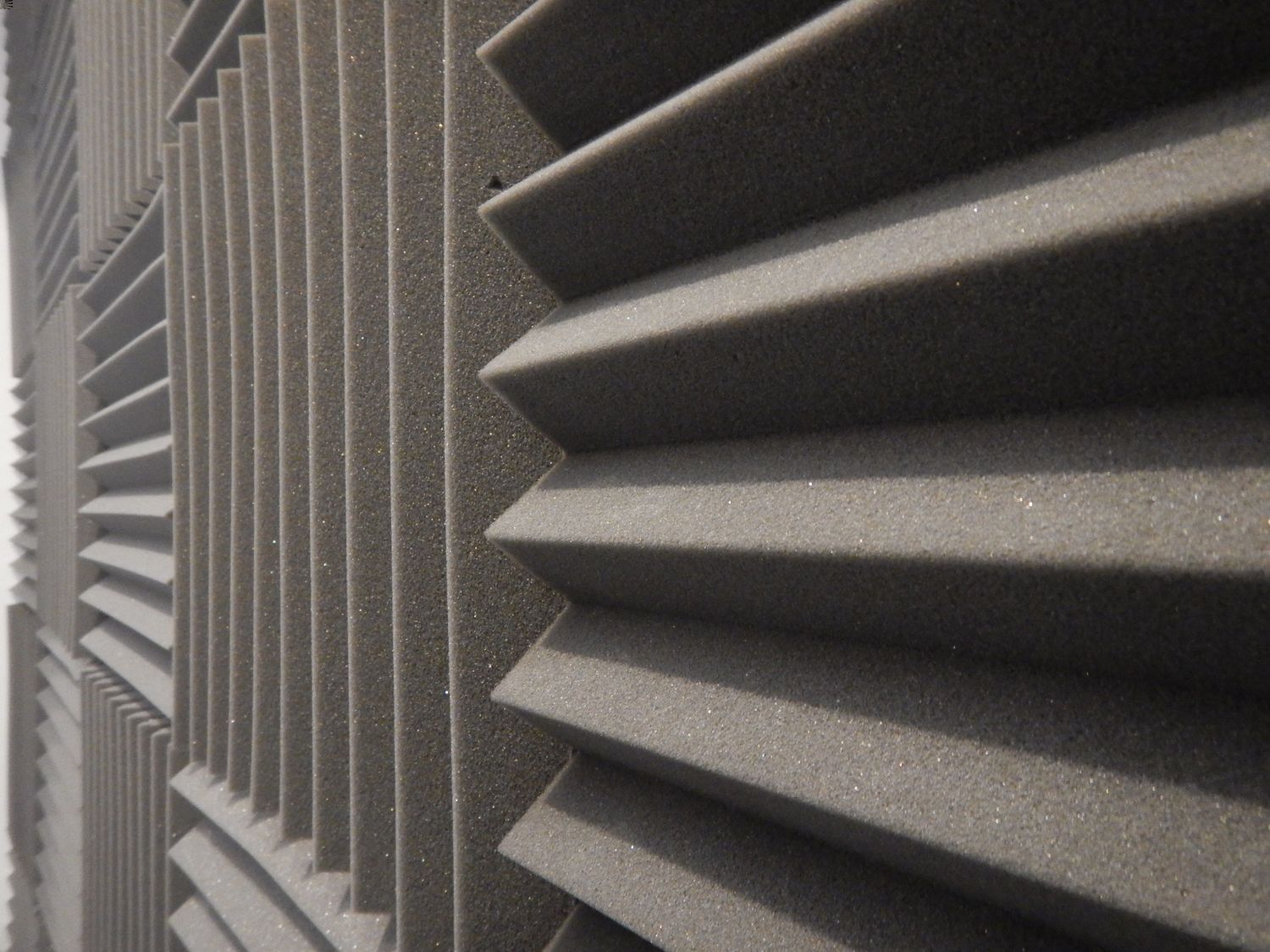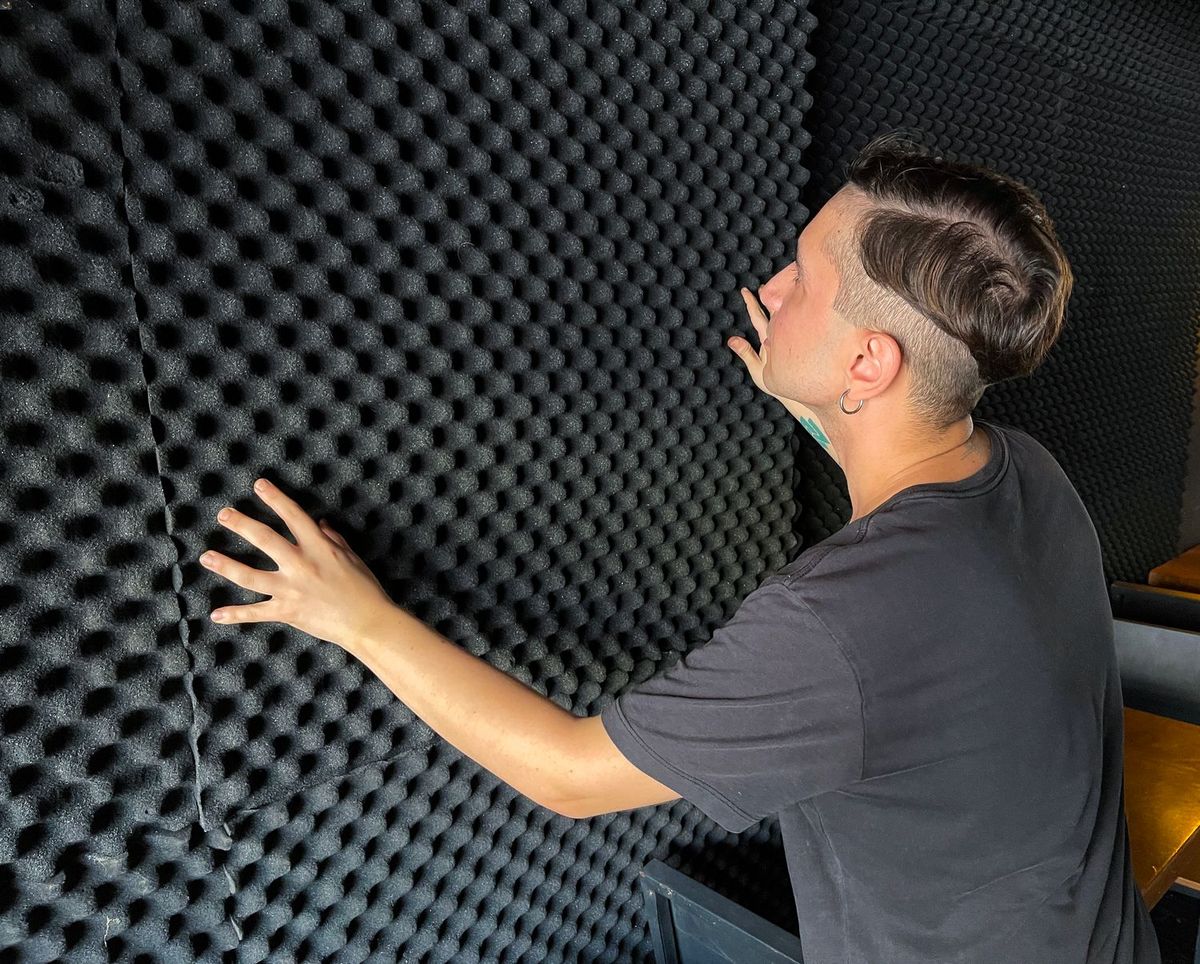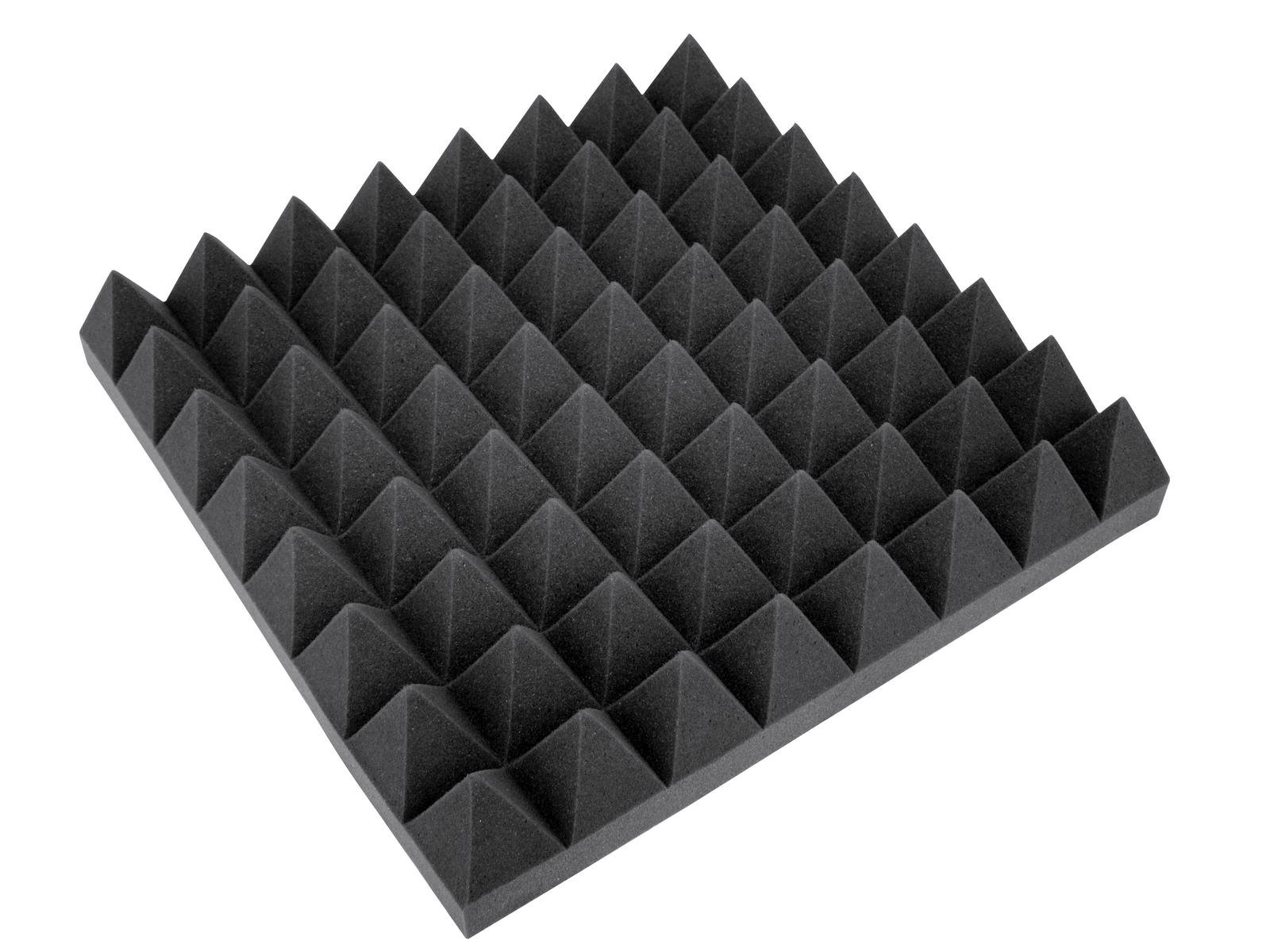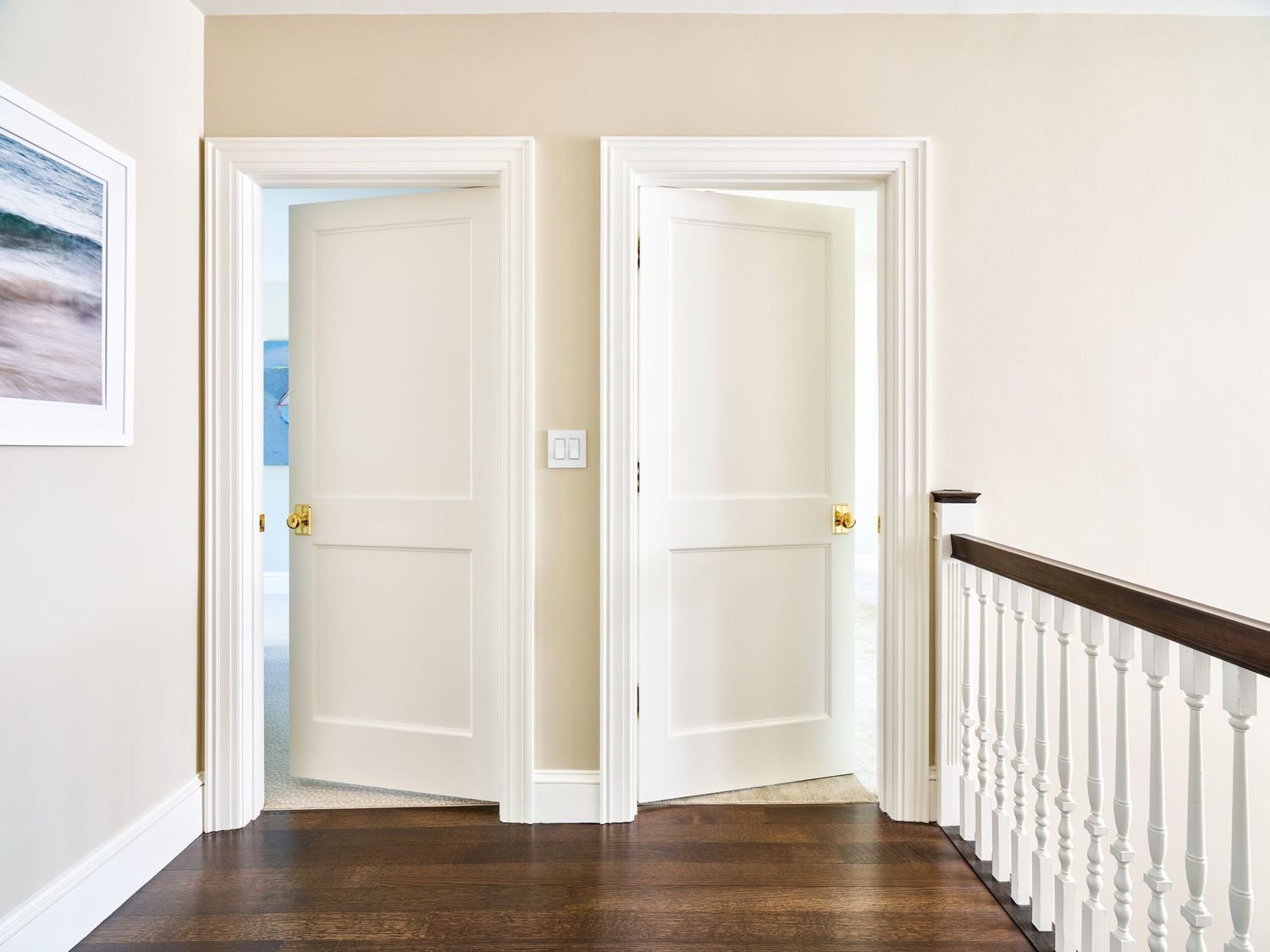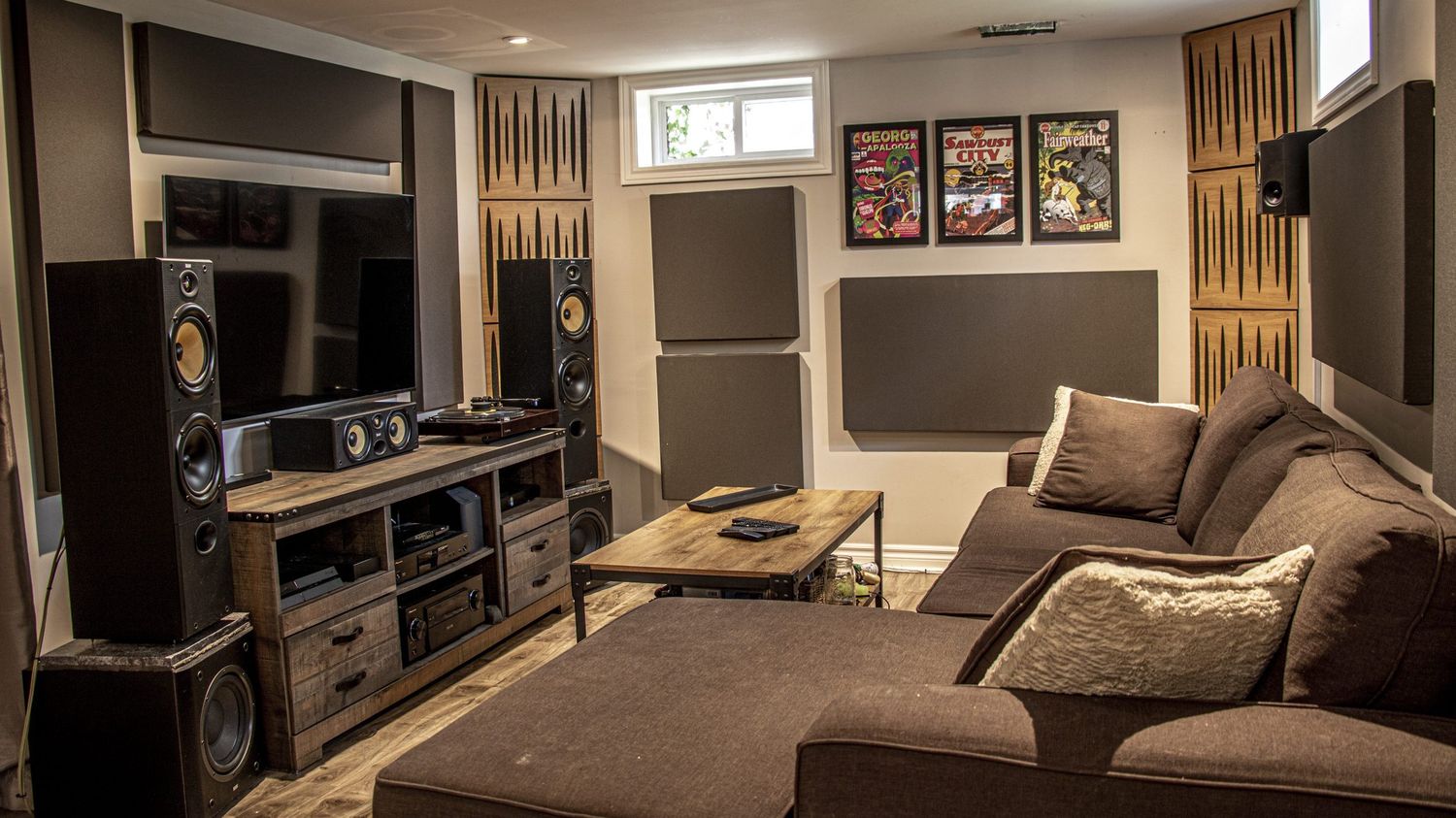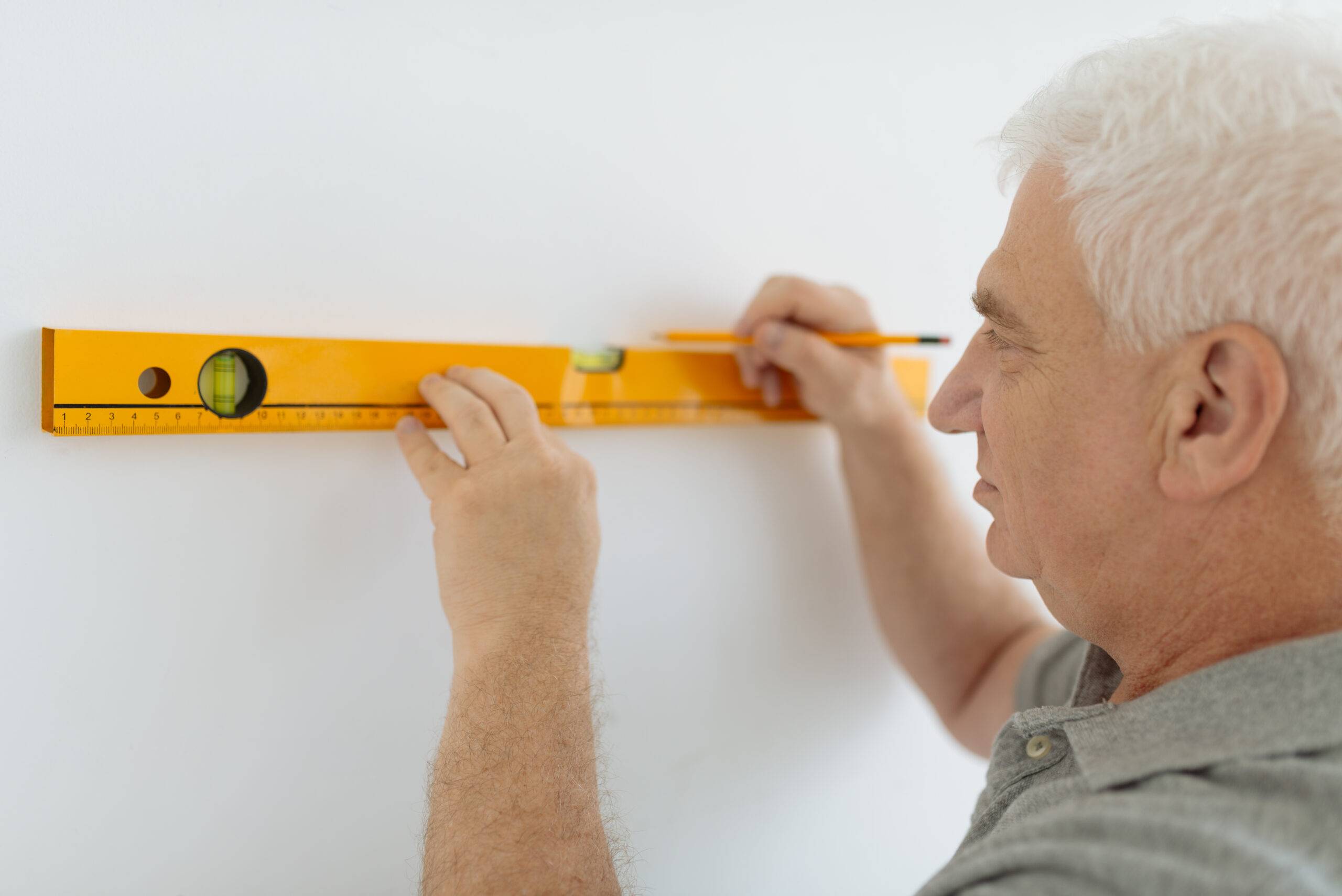Home>Production & Technology>Soundproofing>What Does STC Stand For Soundproofing


Soundproofing
What Does STC Stand For Soundproofing
Published: January 26, 2024
Discover what STC stands for in the world of soundproofing. Learn how STC ratings play a crucial role in measuring the effectiveness of soundproofing materials and techniques.
(Many of the links in this article redirect to a specific reviewed product. Your purchase of these products through affiliate links helps to generate commission for AudioLover.com, at no extra cost. Learn more)
Table of Contents
Introduction
Soundproofing plays a crucial role in creating a peaceful and comfortable environment, whether in a residential, commercial, or industrial setting. Excessive noise can be a major source of stress, affecting our productivity, well-being, and overall quality of life. To combat this issue, soundproofing solutions have gained significant popularity.
One of the key factors in assessing the effectiveness of soundproofing materials is the Sound Transmission Class (STC) rating. STC is a standardized measurement that quantifies the ability of a material or structure to reduce sound transmission. Understanding what STC stands for and how it is measured is essential to choosing the right soundproofing solutions for your specific needs.
In this article, we will delve deeper into the concept of STC and its significance in soundproofing. We will explore the materials and techniques used in soundproofing, the benefits of using STC-rated products, the limitations of relying solely on STC ratings, and common misconceptions associated with STC. By the end of this article, you will have a comprehensive understanding of STC and be better equipped to achieve effective soundproofing in your space.
What is STC?
Sound Transmission Class, commonly abbreviated as STC, is a standardized rating system used to evaluate the sound insulation properties of materials and structures. It measures the ability of a material or structure to reduce sound transmission from one area to another. The higher the STC rating, the more effective the soundproofing capabilities of the material or structure.
STC ratings are particularly useful in assessing the soundproofing capabilities of walls, windows, doors, and other building components. These ratings provide a quantitative measurement that helps individuals determine the level of noise reduction they can expect in various scenarios.
The STC rating system spans from 0 to 100, with higher values indicating better soundproofing performance. However, it is important to note that STC ratings are not a linear scale. This means that a difference of 10 points represents a doubling (or halving) of sound energy rather than a simple increase (or decrease) in effectiveness.
STC ratings test a material’s ability to block airborne sound, such as voices, music, or traffic noise. They do not account for other sources of sound transmission, like impact noise, which is created by footsteps or objects striking a surface. To evaluate impact noise, a separate rating known as Impact Insulation Class (IIC) is used.
In summary, STC is a standardized rating system that measures the sound insulation capabilities of materials and structures. This rating provides valuable information to individuals seeking effective soundproofing solutions for their spaces.
How is STC Measured?
STC ratings are determined through laboratory testing using standardized procedures. The testing is done in accordance with ASTM International (formerly known as the American Society for Testing and Materials) standards. These tests are conducted in specialized rooms called transmission loss suites, which are designed to accurately measure sound transmission through materials and structures.
The testing process involves creating a partition or wall sample with the material being evaluated. The sample is then placed between two rooms, called the source room and the receiving room. The source room contains a loudspeaker that emits a range of standardized frequencies, while the receiving room measures the sound level on the other side of the sample.
During the test, the sound level in both the source room and the receiving room is measured using microphones. The difference in sound level between the two rooms at different frequencies is calculated, and these measurements are used to generate a sound transmission curve.
The sound transmission curve is then used to calculate the STC rating. This process involves comparing the sound transmission loss of the material at different frequencies to a standard reference curve. The reference curve represents the sound transmission performance of a standard wall assembly with an STC rating of 0. The higher the difference between the material’s transmission loss curve and the reference curve, the higher the STC rating.
It is important to note that STC measurements and ratings are based on laboratory conditions and may not always accurately represent real-world scenarios. Factors such as installation, air gaps, and flanking paths can affect the actual soundproofing performance of a material or structure.
Overall, the measurement of STC involves comprehensive laboratory testing that considers the sound transmission characteristics of materials and structures at different frequencies.
The Importance of Soundproofing
Soundproofing plays a vital role in maintaining a peaceful and comfortable living or working environment. Excessive noise can have significant negative effects on our physical and mental well-being, as well as our productivity and overall quality of life. Here are some key reasons why soundproofing is important:
1. Noise Reduction: Soundproofing helps to reduce unwanted noise from external sources, such as traffic, construction, or neighboring spaces. By creating a barrier to sound transmission, soundproofing materials and techniques create a quieter and more peaceful indoor environment.
2. Privacy and Confidentiality: Soundproofing is essential for maintaining privacy and confidentiality in spaces where sensitive information is shared or where personal conversations take place. Soundproofing measures ensure that conversations and activities remain private and are not easily overheard or recorded.
3. Productivity Enhancement: Excessive noise can be highly disruptive and impair concentration, focus, and productivity. Soundproofing helps to minimize distractions and create a calm and conducive atmosphere for work, study, or creative endeavors. This is particularly important in office spaces, schools, libraries, and other areas where concentration is crucial.
4. Improved Sleep Quality: Soundproofing is beneficial in bedrooms, hotels, and other sleeping areas by reducing noise disturbances that can disrupt sleep. This ensures a restful and rejuvenating sleep environment, promoting overall well-being and health.
5. Enhanced Acoustic Experience: In spaces such as music studios, theaters, concert halls, and home theaters, soundproofing is essential for controlling and optimizing the acoustics. It creates an optimal listening or viewing experience by preventing external noise from interfering with the intended sound quality.
6. Compliance with Building Codes and Regulations: Many building codes and regulations require certain levels of soundproofing to be met, especially in residential and multi-unit buildings. Complying with these standards ensures a harmonious and comfortable living environment for all occupants.
Overall, soundproofing is not only about reducing noise; it is about creating spaces that promote well-being, privacy, productivity, and enjoyment. It is an essential consideration in various settings to optimize the overall experience and quality of life.
Materials and Techniques for Soundproofing
There are various materials and techniques available for soundproofing, each with its own advantages and applications. The choice of materials and techniques depends on the specific needs and objectives of the soundproofing project. Here are some commonly used options:
1. Insulation Materials: Soundproofing insulation materials, such as mineral wool, cellulose, or fiberglass, are used to reduce sound transmission through walls, ceilings, and floors. These materials absorb and dampen sound vibrations, effectively reducing noise levels.
2. Soundproofing Sealants and Caulks: Acoustic sealants and caulk are used to seal gaps and cracks in walls, windows, and doors. By filling in these openings, they prevent sound leakage and improve the overall soundproofing performance of a space.
3. Mass-Loaded Vinyl (MLV): MLV is a flexible and dense material that acts as a barrier to sound transmission. It can be used to line walls, ceilings, and floors, effectively blocking noise from entering or leaving a room.
4. Acoustic Panels and Tiles: These panels and tiles are designed to absorb and diffuse sound waves. They can be installed on walls, ceilings, or other surfaces to reduce echoes, reverberation, and overall noise levels within a space.
5. Double Glazed or Soundproof Windows: Windows are a common source of noise transmission. Double glazed or soundproof windows consist of multiple layers of glass with an air gap in between. This design helps to reduce sound vibrations and improve sound insulation.
6. Soundproof Doors: Soundproof doors are engineered to minimize sound transmission by using specialized materials and construction techniques. They are particularly effective in rooms where privacy and noise control are essential, such as recording studios or conference rooms.
7. Structural Modifications: In some cases, structural modifications may be necessary for effective soundproofing. This can involve adding extra layers of drywall, installing resilient channels, or creating decoupled walls and ceilings to reduce sound transmission.
It is important to note that combining multiple soundproofing techniques and materials can often yield the best results. The specific combination will depend on the unique requirements of the space and the desired level of soundproofing.
Consulting with a soundproofing professional can help determine the most suitable materials and techniques for a particular project, ensuring optimal noise reduction and sound control.
Benefits of Using STC-Rated Products
Choosing soundproofing products with STC ratings can offer numerous advantages in terms of noise reduction and overall acoustic control. Here are some key benefits of using STC-rated products:
1. Accurate and Reliable Performance: STC ratings provide a standardized and objective measurement of a material or product’s soundproofing capabilities. This allows users to make informed decisions based on the expected level of noise reduction and insulation.
2. Customizable Solutions: STC ratings enable individuals to select soundproofing solutions that best meet their specific needs. With a wide range of STC-rated products available, it is possible to tailor the level of soundproofing based on the noise sources and requirements of a particular space.
3. Quality Assurance: STC-rated products undergo rigorous testing and certification processes to ensure their performance and reliability. Using these products provides the assurance that they meet industry standards and have been proven effective in reducing sound transmission.
4. Versatility and Flexibility: STC-rated products can be applied in various settings, including residential, commercial, and industrial spaces. They offer flexibility in addressing different noise problems, such as traffic noise, machinery noise, or neighbor noise, helping to create a more peaceful environment.
5. Long-Term Cost Savings: By investing in STC-rated soundproofing products, individuals can potentially save money in the long run. Effective noise reduction can lead to improved productivity, better sleep quality, and enhanced overall well-being. Additionally, it can help avoid costly remediation measures or legal disputes resulting from noise complaints.
6. Compliance with Building Regulations: Many building codes and regulations require soundproofing measures to meet certain standards. By using STC-rated products, individuals can ensure compliance with these requirements and avoid potential penalties or delays in project approvals.
It is important to note that while STC ratings provide a valuable reference point, they do not guarantee complete sound isolation. Factors such as proper installation, additional soundproofing techniques, and addressing potential weak points in a structure are also crucial for achieving optimal noise reduction.
Ultimately, utilizing STC-rated products helps create a more comfortable and peaceful environment by effectively reducing noise transmission and enhancing overall acoustic control.
Limitations of STC Ratings
While STC ratings are a useful tool for evaluating the soundproofing capabilities of materials and structures, it’s important to understand their limitations. Here are some key limitations to consider:
1. Frequency Dependency: STC ratings are based on a standard set of frequencies that may not fully represent the entire range of sound frequencies. Different materials and structures may have different performance levels at various frequencies. Therefore, relying solely on STC ratings may not provide a complete understanding of the material’s soundproofing performance.
2. Incomplete Assessment of Sound Transmission: STC ratings primarily focus on airborne sound transmission, such as voices or music. They do not account for other types of noise sources, such as impact noise from footsteps or vibrations. Therefore, while a material may have a high STC rating, it may not be effective in reducing other forms of noise transmission.
3. Installation and Construction Variations: The performance of soundproofing materials can be affected by installation techniques and construction details. Factors such as air gaps, sealing, and flanking paths can significantly impact the soundproofing capabilities of a structure. Therefore, proper installation and attention to construction details are crucial for achieving the desired level of sound reduction.
4. Ignoring Flanking Paths: Sound can travel through indirect paths, known as flanking paths. These paths can bypass the soundproofing material, resulting in reduced effectiveness. It is necessary to address these flanking paths to achieve optimal soundproofing performance.
5. Real-World Performance Variations: STC ratings are derived from laboratory testing carried out under controlled conditions. Real-world scenarios may differ significantly, with varying temperature, humidity, and structural factors that can impact the performance of soundproofing materials. Therefore, the actual sound reduction achieved in practice may differ from the STC rating.
6. Subjectivity of Perception: Sound perception and sensitivity can vary among individuals. What may be considered acceptable noise levels for one person may be disruptive for another. Therefore, solely relying on STC ratings may not account for the subjective experience of noise and individual preferences.
It is crucial to consult with professionals and consider these limitations when selecting soundproofing materials and techniques. Supplementing STC ratings with other information, such as manufacturer specifications and independent testing results, can provide a more comprehensive understanding of the material’s soundproofing performance.
Common Misconceptions about STC
While STC ratings provide valuable information about the soundproofing capabilities of materials and structures, there are several misconceptions associated with them. It’s important to debunk these misconceptions to have a more accurate understanding of STC ratings. Here are some common misconceptions:
1. Higher STC Rating means complete soundproofing: One common misconception is that a higher STC rating guarantees complete soundproofing. However, no material or structure can completely eliminate all sound transmission. While higher STC ratings indicate better sound insulation, they do not completely block all noise. Other factors, such as proper installation and addressing flanking paths, are also critical for achieving effective soundproofing.
2. STC rating applies to all frequencies: STC ratings are determined based on a standardized set of frequencies, typically ranging from 125 Hz to 4,000 Hz. However, the sound energy at frequencies outside this range can still impact noise transmission. Therefore, relying solely on STC ratings may not provide a complete picture of a material or structure’s soundproofing performance across the entire frequency spectrum.
3. STC rating applies to all applications: Another misconception is that the same STC rating applies to all applications and environments. The effectiveness of soundproofing materials can vary depending on the specific use and surrounding conditions. For example, a material with a high STC rating in a laboratory setting may not have the same performance in a real-world application due to different construction details or ambient factors.
4. STC ratings are consistent across manufacturers: STC ratings are not universal, and they can vary between manufacturers. The testing methods, materials, and construction details used by different manufacturers can lead to variations in soundproofing performance, even if the products have the same STC rating. It’s essential to consider additional factors, such as independent testing results and manufacturer specifications, to make an informed decision.
5. STC rating is the sole indicator of soundproofing performance: While STC ratings provide valuable information, they should not be the sole determining factor when selecting soundproofing materials. Other factors, such as impact noise reduction, flanking paths, and proper installation, also contribute to the overall soundproofing effectiveness. It’s important to consider the full range of performance characteristics and consult with professionals to achieve the desired level of noise reduction.
By debunking these misconceptions, individuals can have a more accurate understanding of STC ratings and make informed decisions when selecting soundproofing materials and techniques. Supplementing STC ratings with additional information and consulting with professionals can lead to the most effective soundproofing solutions.
Conclusion
Soundproofing is a vital consideration for creating a peaceful and comfortable environment, and the use of STC ratings can greatly assist in achieving effective noise reduction. Understanding what STC stands for and how it is measured provides valuable insights into the soundproofing capabilities of materials and structures.
While STC ratings serve as a standardized measurement, it is important to be aware of their limitations. STC ratings are not a comprehensive indicator of soundproofing performance, as they may not account for all frequencies and real-world conditions. It is crucial to consider factors such as installation techniques, impact noise reduction, and addressing flanking paths to achieve optimal sound reduction.
By utilizing STC-rated products, individuals can benefit from accurate performance assessments, customizable solutions, and compliance with building regulations. However, it is essential to supplement STC ratings with additional information and consult with professionals to account for the unique characteristics of each soundproofing project.
In conclusion, soundproofing is an important aspect of creating a peaceful and productive environment, whether in residential, commercial, or industrial settings. Understanding STC ratings and considering their strengths and limitations will empower individuals to make informed decisions and choose the most suitable soundproofing materials and techniques. By doing so, they can achieve optimal noise reduction and enhance the overall quality of their living or working spaces.


